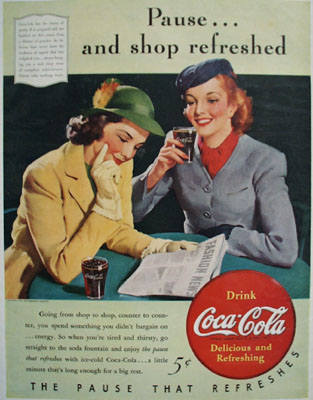Pick a Pumpkin for Perfectly Personalized October Marketing
by Ariella Brown
We in the 2020s, and it's time for marketers to take a more inclusive approach for their messaging this season. Not everyone celebrates Halloween, and even those who do are likely to be scaling it back this year.
Halloween is a major occasion for sales in a normal year as close to 70% of Americans, according to Statista, celebrate. Ever think about the 30% that don’t?
This is a good year to take them into consideration.
A combination of outright restrictions and individual choices are taking parades, traditional trick-or-treating and big bashes off the table for October 31. Consequently, even people who normally do shell out the NRF’s estimated average of $86 and change for the day are expected to spend less this year, reports Market Watch.
But that doesn’t mean that October is a bust for marketing. On the contrary, there are opportunities to effectively target customers by understanding what this point in the calendar means to them.
That means identifying what kind of pumpkin resonates with your customer: Is it a jack-o’-lantern, an ordinary gourd, or pumpkin spice flavor?
Jack-o’-lantern marketing

https://p0.pikrepo.com/preview/471/304/jack-o-lantern-on-brown-surface-thumbnail.jpg
These customers are the prime target for straight-up, over-the-top Halloween marketing. Even among them, though, there are still distinct segments, and marketing should be targeted accordingly.
You have your customers who think of it as a celebration centered around children and who want the products and imagery to reflect that. Think cartoon-style ghosts and witches to go with your classic or plastic jack-o’-lantern.
For those at a different stage of life, Halloween may be about adult parties where alcohol is served and where the spookiness rating goes from G to R. Imagery for that is more realistic and possibly more risque.
How to know which witch to go with for your messaging? Segment your communication.
Plain pumpkin marketing

The picture above is from the
Bed Bath & Beyond site. The classic harvest setup is the one that was chosen for the cover of the catalogue it sent me with the “let’s get this fall rolling” emblazoned on it.
The decor is about celebrating Fall rather than Halloween, though even that can come with different vibes, according to one’s particular taste. It makes sense for Bed Bath & Beyond to target the plain pumpkin type of customers because they make up the general Fall market.
That market is far-reaching, extending from food to fashion, cosmetics to decor, even blankets needed for cooler nights. Bed Bath & Beyond carries items from all of those categories.
For those who want a particular date to which to tie their purchases, this year there is 10/10. As
Bloomberg reported, the designated shopping day is inspired by China’s Singles’ Day, which sparks record levels of shopping every year on 11/11.
This new October shopping event is the brainchild of Deborah Weinswig, a retail consultant. She told Bloomberg that she has been pressing for it for years, though this year retailers finally embraced it in the hopes of starting December shopping earlier to make sure inventory and delivery can keep up with demand.

Pumpkin spice marketing mystique
For some, ordinary pumpkins just don’t cut it. But pumpkin spice is another matter, particularly the latte associated with the flavor that owns the acronym, PSL.
The pumpkin spice mystique is not just about the flavor; it’s about building a connection with customers based on anticipation and engagement. Starbucks does it brilliantly.
Beginning in August, Starbucks kicks up the buzz as
speculation about when the first one of the new season will be poured builds. Starbucks deliberately switches the date of release each year to maintain the mystery and increase anticipation.
Even brands that don’t sell anything associated with pumpkin spice directly can apply this marketing approach. When you want to build up to the launch of a new product, a special event, or even a return of a seasonal item, you can let your customers know to look out for it and build their excitement.
A similar approach can work for just about any retailer who can deliver the right message to connect with customers. It’s all about finding what they will find relevant to them and segmenting accordingly.
This season, the marketers that show they really know their customers are the ones who will deliver the inclusive and on target communication. They know that one pumpkin does not fit all.














